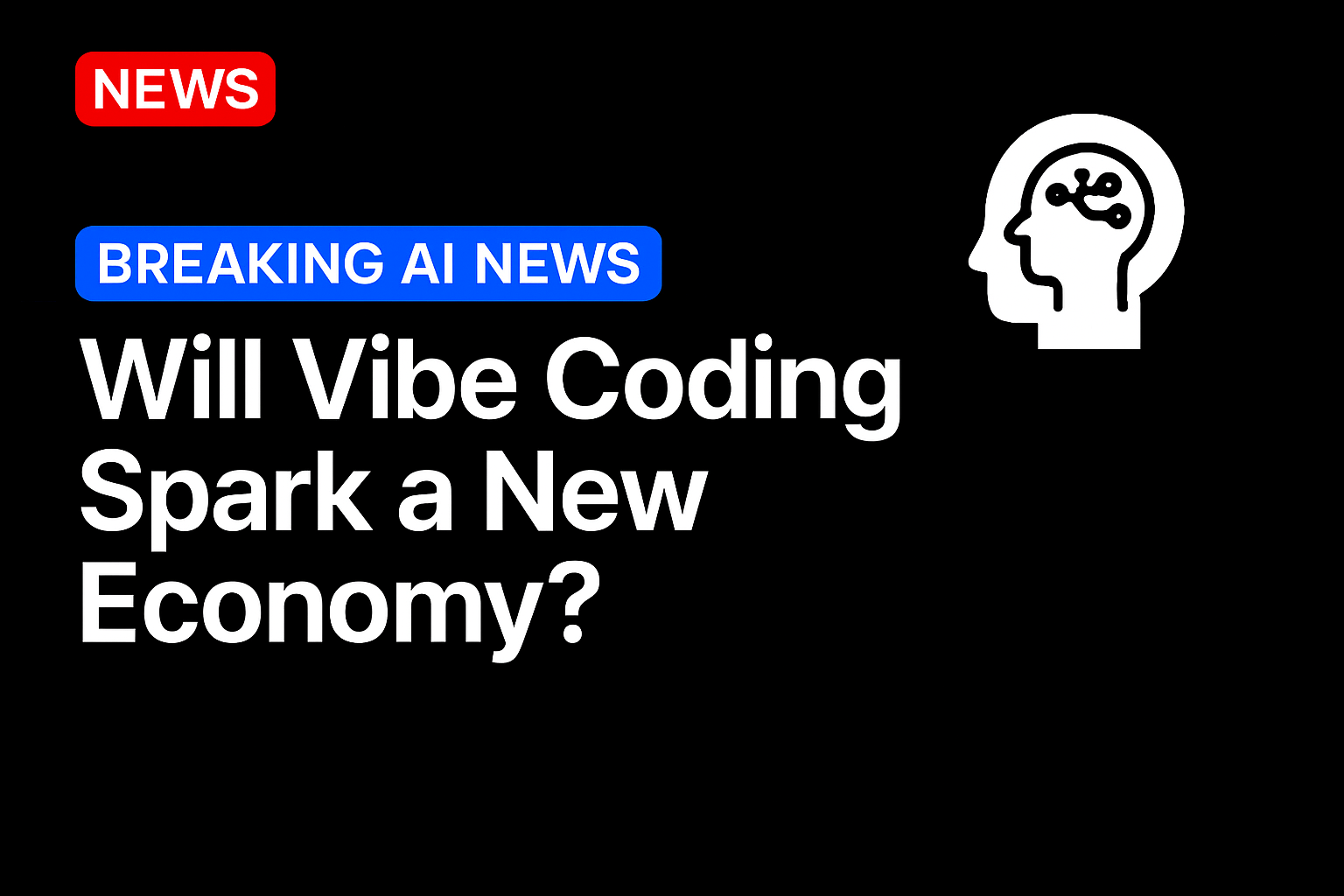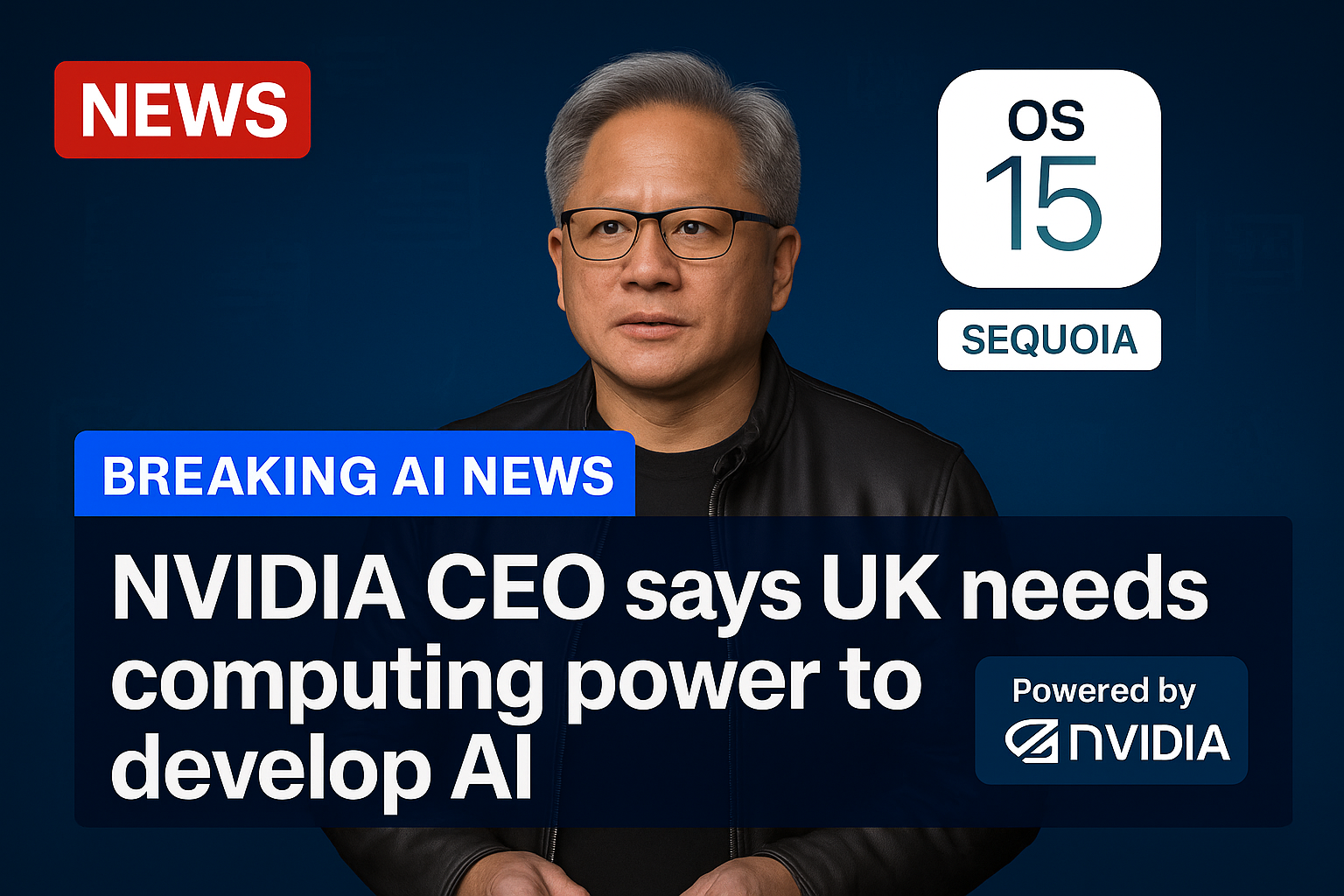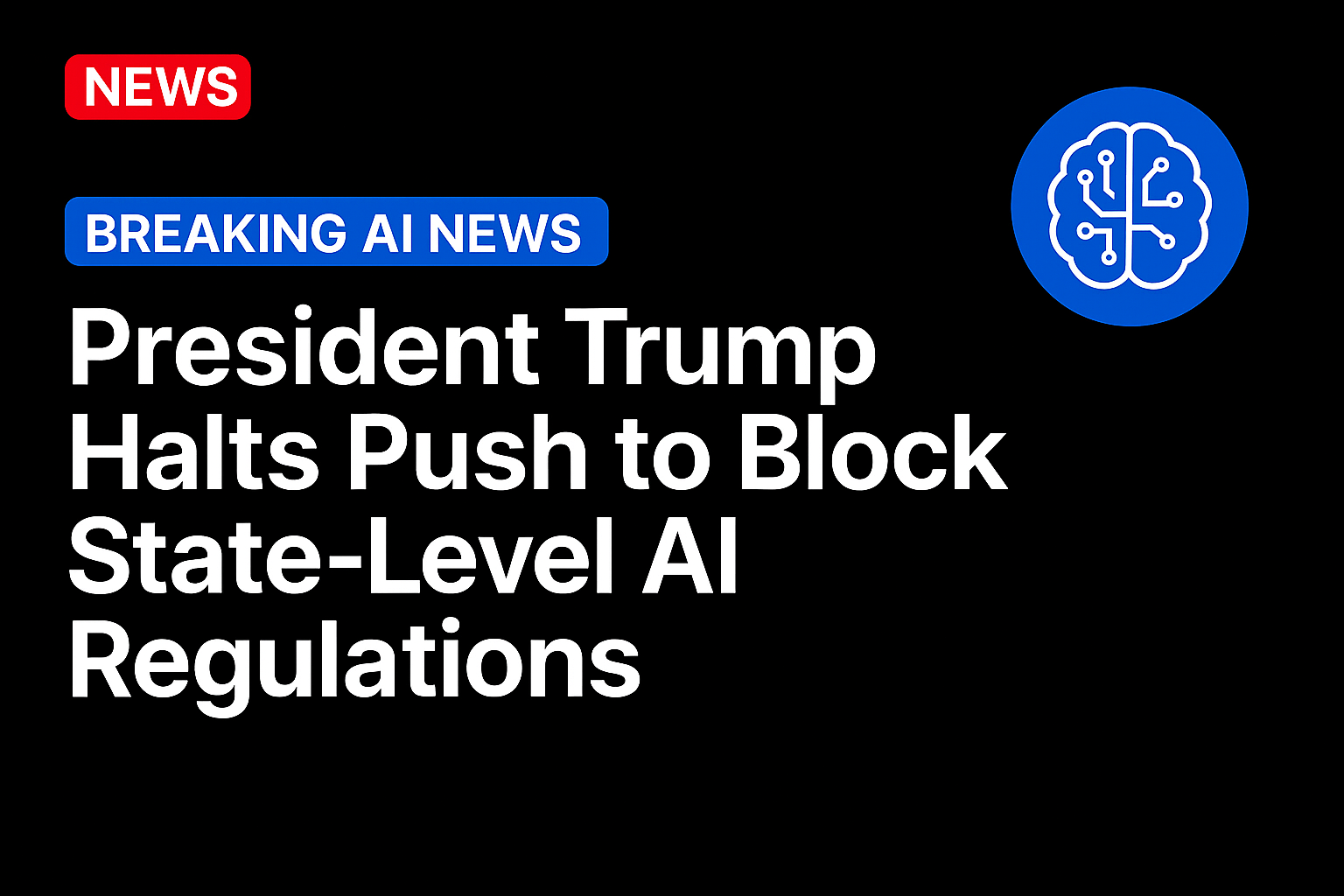Vibe coding is the practice of using artificial intelligence (AI) to build applications by describing ideas in plain language.
For example, to build an eCommerce landing page, the prompt could be something like this: “Make a Shopify-style landing page for a candle shop. Include a homepage, a product grid with three items, an ‘Add to Cart’ button, and a checkout page that connects to Stripe test mode.”
The term vibe coding was coined by OpenAI Co-founder Andrej Karpathy, who described it on X this way: “You fully give in to the vibes, embrace exponentials and forget that the code even exists.”
When Justin Jin launched Giggles, an artificial intelligence (AI)-powered entertainment app, the 18-year-old co-founder didn’t rely on a traditional engineering team or venture capital to get off the ground.
Instead, he and his partners leaned on AI to build the product, landing nearly 150,000 people on a waitlist and racking up 150 million impressions in weeks. After debuting on Apple’s App Store recently, the app hit the top 50 at its peak, Jin said.
“The real opportunity for the next social network lies in enabling 100% of users to participate fully in content creation,” Jin told PYMNTS. “That’s where AI comes in at Giggles.”
Replit CEO Amjad Masad cited the case of a British doctor using vibe coding to build a health-tracking app for 200 pounds ($270) and an Uber driver with trucking experience able to build a logistics app on Replit’s vibe coding platform, in a recent episode of the Big Technology Podcast.
“We see entrepreneurs from all walks of life,” Masad said. He noted that the trajectory of new company creation in the U.S. has been declining in past decades, but “with AI, we’re going to see that explode again.”
The difference between vibe coding and traditional programming languages couldn’t be starker.
“When computers were first invented in the 1940s, the only way to code them was in machine language, which is the raw instructions that a computer executes—and it had to be written in binary,” Yaakov Sash, founder and CEO of Casso.ai, told PYMNTS.
Today, code has given way to human language. “This is the easiest, most accessible programming language ever because everyone knows it. You don’t even need to be grammatically correct,” Sash said. “This will make software creation virtually costless and frictionless.”
Sash said that if anyone can create software instantly, “then the very process of solving problems, creating businesses, and generating value becomes radically more efficient—forming the basis for a new economy.”
A case in point is the rise of entrepreneurs on eCommerce sites with the advent of the internet. This has led to a new and vibrant economy. According to a PYMNTS Intelligence report, shoppers spent 67% more on average online than in-store across all retail categories it studied.
See also: AI Coding Assistants Give Big-Tech Powers to Small Businesses
The New Low-Code, No-Code?
A sister trend to vibe coding was the low-code, no-code movement in the past decade, which is still around. With low-code, no-code, users built apps through visual interfaces with drag-and-drop components such as building an online store on Shopify. With vibe coding, users describe in natural language what they want to build from scratch.
In this sense, vibe coding opens the door to entrepreneurs who do not have to be dependent on other businesses to start theirs.
Vibe coding “opens the door for a lot more creativity and entrepreneurship from a lot more people,” Steve Roop, AI and content director at Littlefield Agency, told PYMNTS. “Folks are already making money with simple tools they’ve built this way, and as the tech improves, I think we’ll see whole new industries pop up around these kinds of apps, just like Shopify did for small businesses in eCommerce.”
While Roop doesn’t see vibe coding replacing skilled developers, he believes it will enable non-technical people to work with developers to build software.
“The magic happens when non-technical people use vibe coding to launch ideas quickly, and developers help refine and scale those ideas. That combination could create new jobs, new businesses, and new ways of working. That’s more than a flash in the pan; it’s the early signs of a new economy.”
Jonathan Garini, CEO and enterprise AI strategist at fifthelement.ai, agreed. Vibe coding could turn into a “meaningful economy” because it democratizes access, even if it won’t replace the traditional ways of developing software.
“People who don’t have a technical background can prototype, monetize and iterate their app rapidly. That’s powerful,” Garini told PYMNTS. “This is a similar shift to WordPress and Shopify: Whole industries of freelancers and entrepreneurs could now create sustainable businesses without having to code.”
More like this: Apple and Anthropic Building AI-Powered Coding Platform
Vibe Coding Needs ‘Grit’
But Subhash Kovela, senior lead software engineer at Capitol One, has a different take. He has used AI coding assistants to help developers improve and write code, and has also vibe coded a photos app for his family. However, it’s not enough to commercialize the app. He also won’t use someone else’s photos app if it’s vibe coded.
“I know enough to identify good and bad in there,” Kovela told PYMNTS. Also, there’s more to building and launching an app than just code, such as choosing the cloud compute to run the code. “I do not think it creates a new economy; certain expertise is required to be successful,” he said. “But there is no doubt we will be able to do more with less overall.”
Roman Eloshvili, founder of ComplyControl, believes vibe coding is “a bit of a slippery slope. It has potential, yes, but it’s highly unlikely that it will replace traditional software development … When the scale and complexity of operations increase, many projects still end up moving from no-code to custom development because it’s more reliable.”
Moreover, developers need to be highly aware of the capabilities and limitations of the AI models used in such practices.
“The code generated by AI has to be well-structured and free of errors, which means that oversight by human specialists with a proper understanding of coding will still be required, especially for more complex projects,” Eloshvili said.
Replit’s Masad warned that folks shouldn’t approach vibe coding thinking they can just write a prompt and an app will come out at the other end. “It also requires grit,” he said, adding that technical skills build over time.
For some in the industry, vibe coding is less about economic revolution than it is about shifting where the hard work begins.
“Vibe coding isn’t a new economy, it’s the new starting line,” said Leury Pichardo, senior director of digital marketing and PR at Digital Ceuticals. “The barrier to creating an app has dropped to zero, but the barrier to building a successful business around that app has just shot through the roof.”
Instead, the core business challenge remains marketing, monetization and scaling infrastructure.
“The winners in this new landscape won’t be the best vibe coders, they will be the best marketers and systems builders,” Pichardo told PYMNTS.
Jin agreed. For Giggles, “vibe coding makes creative expression more accessible, but distribution matters even more, whether that’s images, videos or mini-apps.”
Observers expect vibe coding to become part of a hybrid future in which AI lowers barriers to entry while traditional engineering ensures scalability.
As Naz Avo, founder of FeedbackPulse, put it: “The 95% of the coding work that used to earn a uniquely high paycheck can now be done by anyone with clear communication skills. At the same time, the 5% of high-level engineering skills … have become 1000% more valuable.”
But whether that dynamic builds a new economy or simply reshapes the existing one remains to be seen, according to industry practitioners.
Source: https://www.pymnts.com/




